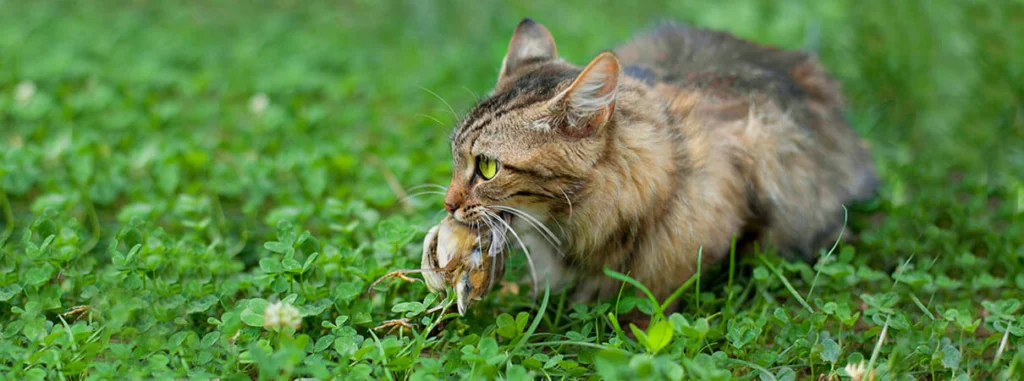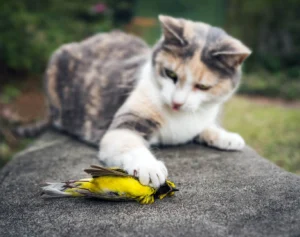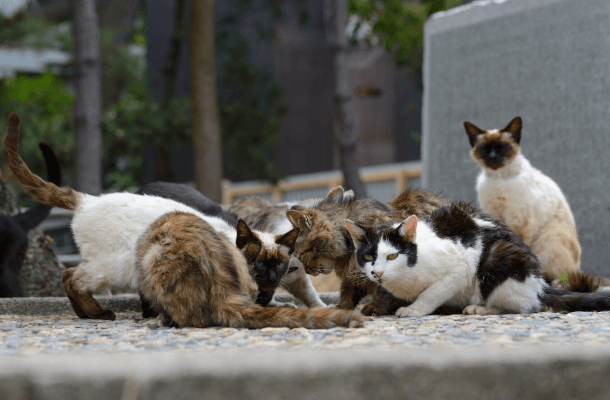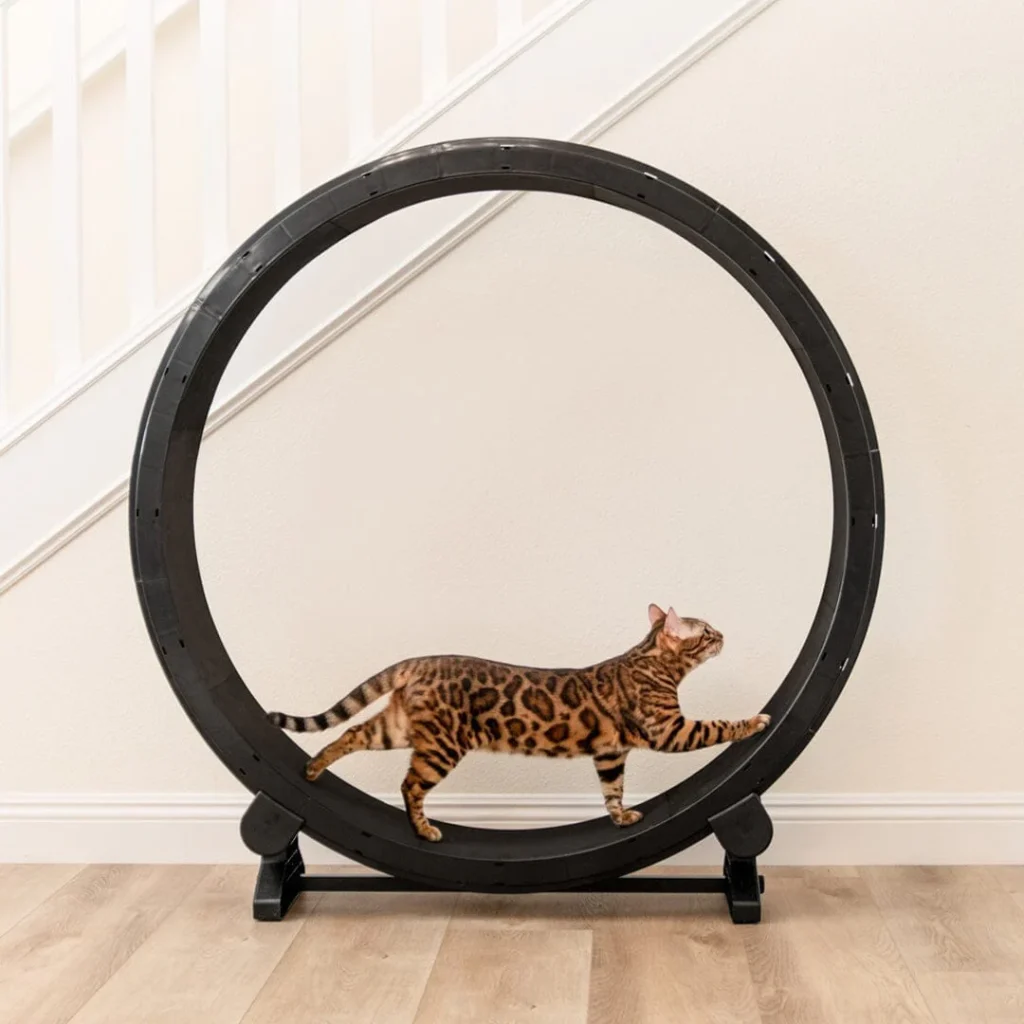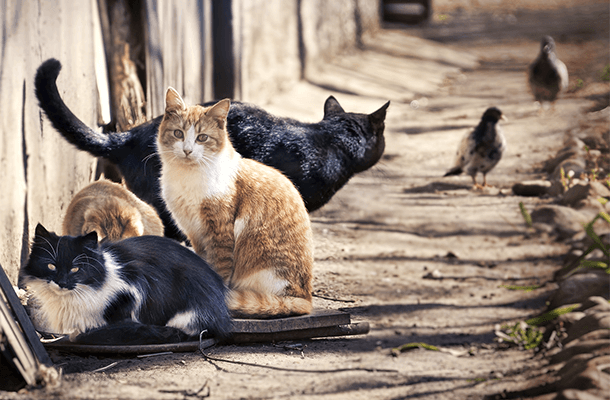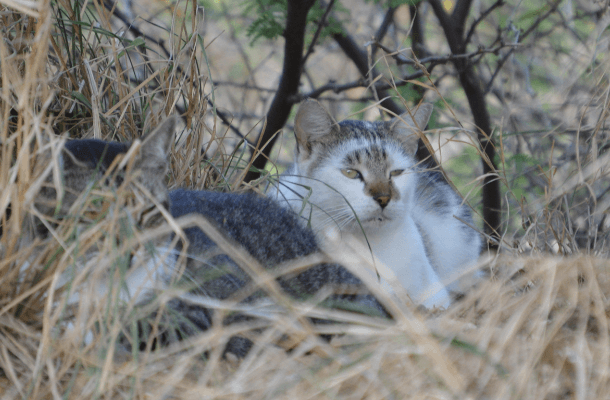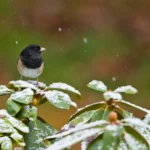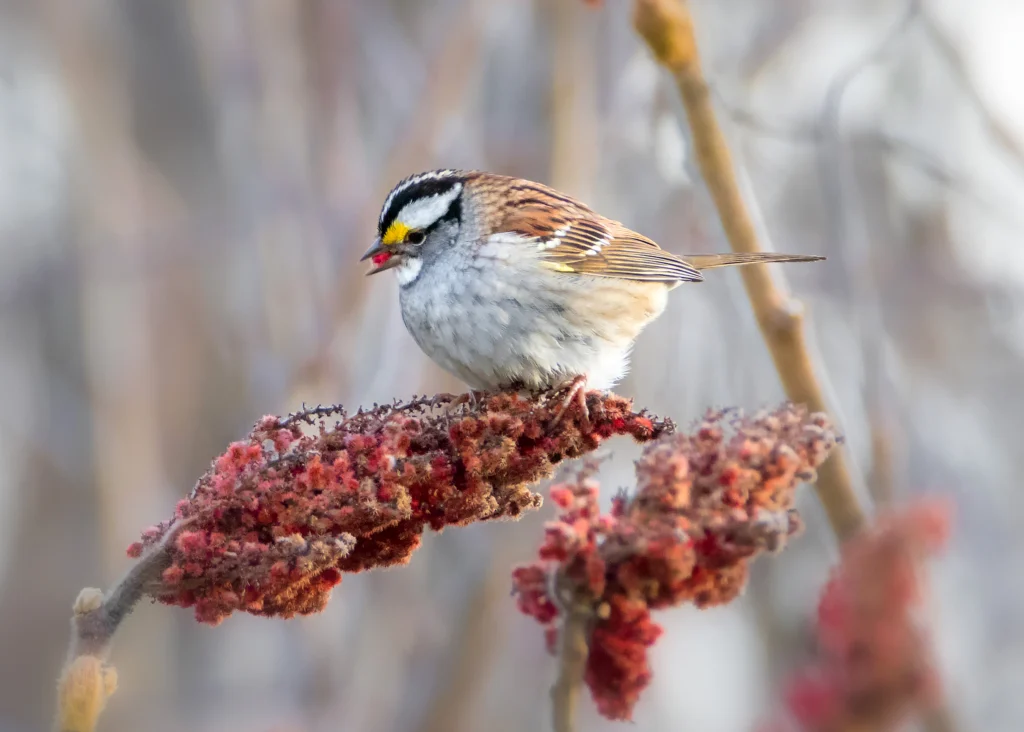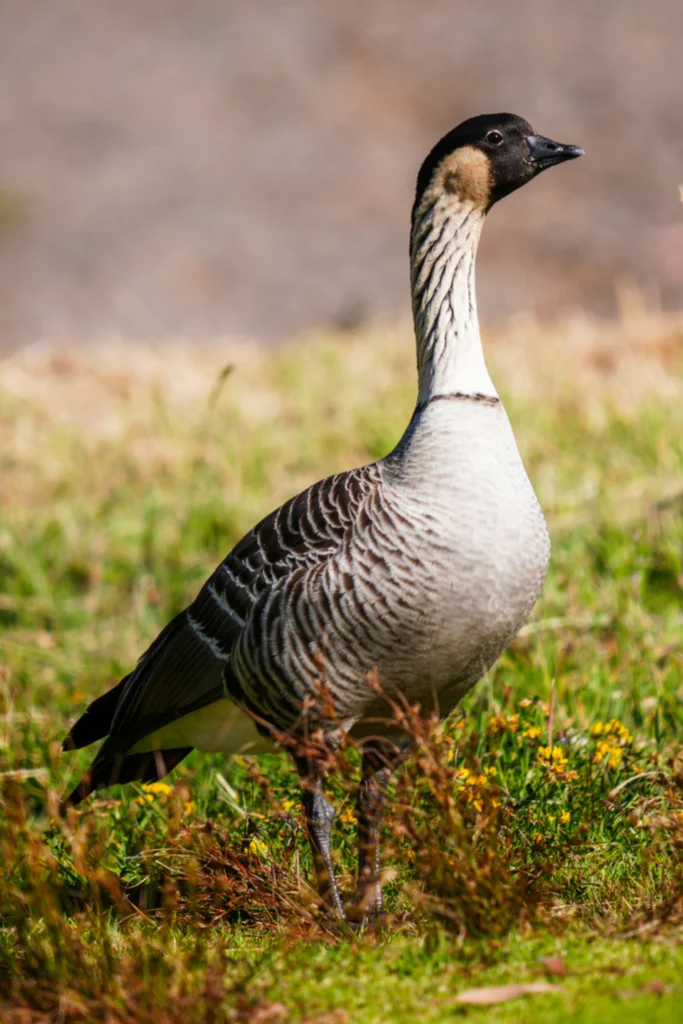Addressing the Problem of Cats Outdoors
Life outside is dangerous for cats, too. Outdoor cats have significantly shorter lifespans than their indoor counterparts. Outside, cats face a number of threats, including being hit by cars, antifreeze poisoning, attacks by predators, and an overall increased risk of injury or illness. They can transmit diseases that endanger public health and the well-being of other domestic animals.
ABC’s Cats Indoors program advocates for science-backed policies to improve the outlook for birds and other wildlife, cats, and human health. We help policymakers and the public understand the many benefits of keeping cats indoors or safely under a person’s supervision while outdoors. We advocate for responsible pet ownership solutions to keep pets safe and help them live longer, healthier lives. We oppose Trap, Neuter, Release (TNR) for feral cats because of the severe threats posed by these cats on the landscape.
We are at the forefront of a movement to overcome the challenges caused by roaming cats and advocate for science-based policies and management at the local and national levels. We engage communities in seeking strategies to address roaming or unowned cats where they live. We’re building a growing network of diverse stakeholders that includes animal shelters, veterinarians, wildlife rehabilitators, and conservation biologists.
